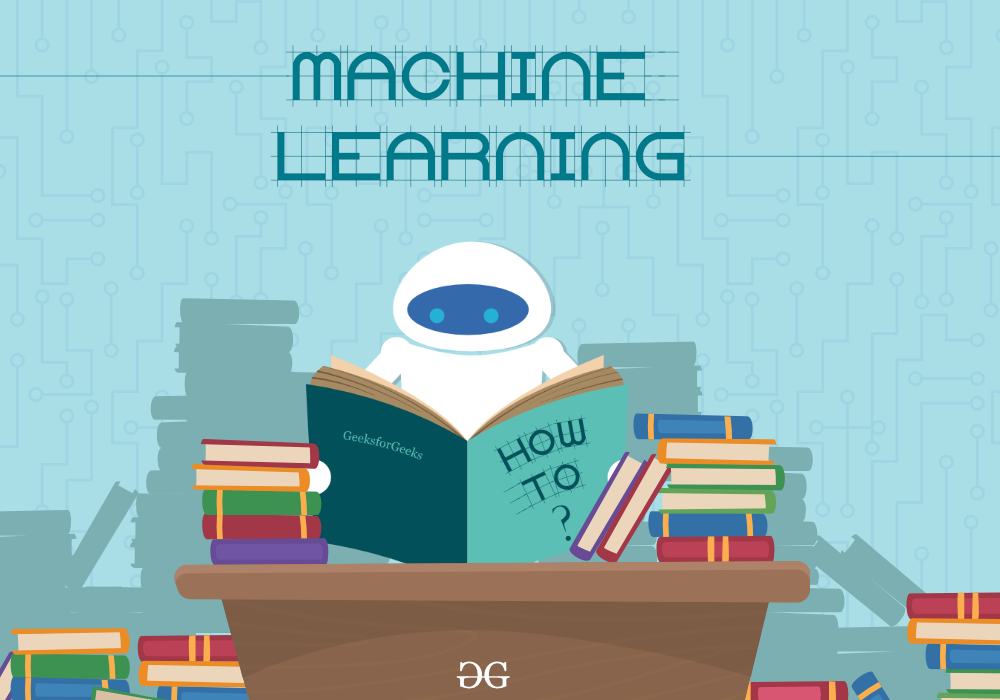
We have long theorized the day that machines would consume a lot of the jobs people have typically carried out. This trend is expected with car manufacturers, online bank tellers, and food processing, but can this really be anticipated for advertising? While machine learning algorithms can improve the real-time campaign tracking, pinpointing target audiences and influencers, and more, it could never truly understand cultural trends and human-to-human interaction and takes away from the development of young advertisers (Shah et al., 2020).
First of all, yes, machine learning does differ from artificial intelligence. Simply put, artificial intelligence is a more general concept of machines and processes that create an output using data and programs (Marr, 2016). For example, if someone asks Siri for directions to the closest movie theater or instructions on how to cook a Thanksgiving turkey, Siri will automatically produce an output for that user. On the other hand, machine learning uses consumer data and an output to learn a program that is best suited for that consumer and could make their lives easier (Marr, 2016). Siri also has functions of machine learning built in, including learning what actions you take when you put on your headphones. In that case, Siri will learn that you usually open Spotify after connecting headphones, and will suggest opening the Spotify app for you automatically in the future.
How does machine learning tie into advertising, though? As mentioned previously, machine learning can learn from pre-existing target audience or campaign data to suggest how to best market a product (Shah et al., 2020). Whether this be developing a specific target persona, identifying potential influencers for campaigns, or even coming up with creative concepts, machine learning has already begun to place itself within the advertising industry (Forbes, 2019). However, is this necessarily a positive?
Firstly, advertising involves a lot of creativity and an understanding of culture. Advertisers stay ahead of trends in creativity and culture in order to keep their target audiences engaged and loyal to a brand. Not only does machine learning copy and create programs based off of trends rather than staying ahead, but it would be extremely difficult for it to grasp human culture. Human culture is comprised of many moving pieces that differ depending on a number of factors such as location, family, education, and more. Machine learning needs concrete data in order for it to learn, but how could it possibly learn something like culture that is ever-changing and vastly different depending on who you talk to? The fact is, humans are needed in an agency to brainstorm new ideas that challenge or move culture, whether through in-person activations, artistic style in creative pieces, or representation in television commercials. They are crucial for keeping a level of humanity and empathy toward the audience more than anything else.
Secondly, increased use of machine learning in the advertising industry eliminates basic tasks that comprise the over-arching strategy, thus dampening critical background knowledge for young advertisers. Automatic creation of target audiences, influencers, creative pieces, and KPI tracking means that no one will have to perform tasks that are the back-bone of every campaign. Young advertisers who just enter an agency with this technology will be devoid of these tasks, and thus this knowledge, which influences their capabilities to fully understand how the target audience and influencers best suit their campaign over others.
Overall, machine learning does have its place in the advertising industry with sorting through data that would otherwise take time away from client-relations or campaign work. However, it should not cross over into consumer-directed work that requires more of a human-to-human interaction, such as moving culture and developing strategies. Advertisers have a unique ability to make an audience feel emotions and have them feel compelled to do a certain action. As for now, this ability to emotionally move a specific group of people cannot be done with an automated computer process.
References
Forbes (2019, December 12). 11 often-overlooked ways to leverage machine learning for advertising. Forbes. https://www.forbes.com/sites/forbesagencycouncil/2019/12/12/11-often-overlooked-ways-to-leverage-machine-learning-for-advertising/?sh=5feda4d7a952
Marr, B. (2016, December 6). What is the difference between artificial intelligence and machine learning? Forbes. https://www.forbes.com/sites/bernardmarr/2016/12/06/what-is-the-difference-between-artificial-intelligence-and-machine-learning/?sh=5c416fcd2742
Shah, N., Engineer, S., Bhagat, N., Chauhan, H., & Shah, M. (2020). Research trends on the usage of machine learning and artificial intelligence in advertising. Augmented Human Research, 5(19). https://doi.org/10.1007/s41133-020-00038-8

One Response to Machine Learning vs. Advertisers